| Travel / Travel Journal |
From Seward to Fairbanks and the Wilderness in Between
DANIEL ȘTEFĂNIȚĂ
Seward is the terminus point for most cruises and also the southern terminus for Alaska Railroad as well as the Seward Highway, which is designated as a National Scenic Byway and an All American Road.
Kenai Fjords
Once arrived in Seward, one of the most popular attraction is the Kenai Fjords National Park. The park covers an area of 2,711.3 km2 and contains the Harding Icefield, one of the largest ice fields in the United States. Boat tours are available for about $100 to $200 per person.
The park is inhabited by a variety of terrestrial and marine mammals, including brown and black bears, moose, sea otters, harbor seals, humpback and killer whales. Park ecology was affected by the grounding of the oil tanker Exxon Valdez in March 24, 1989. About 4% (32Km) of the total coastline was oiled by the spill.
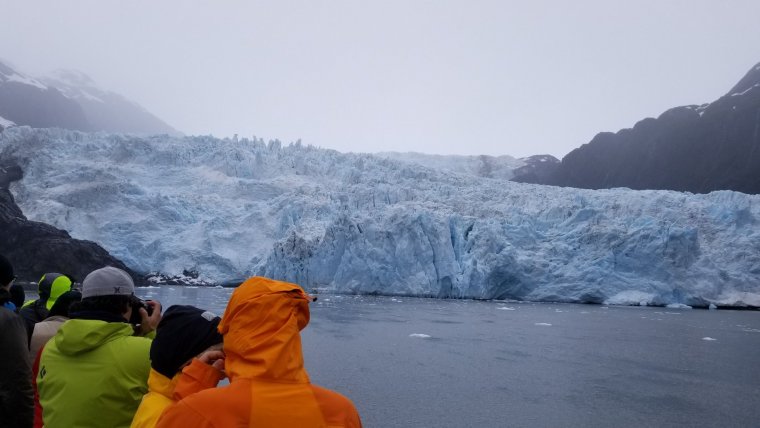
Holgate Glacier
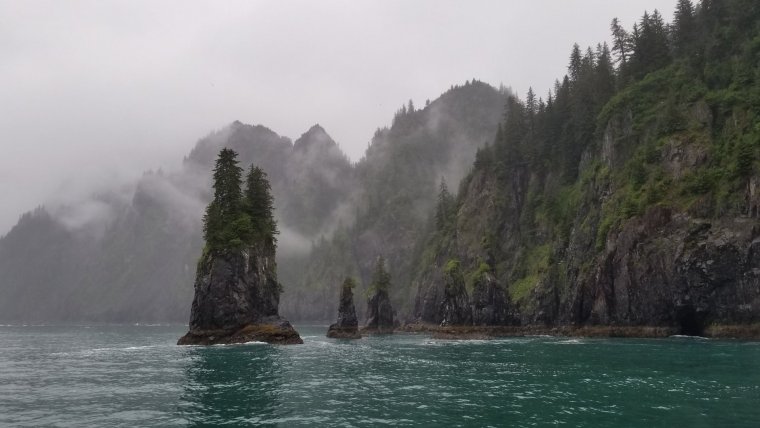
Resurrection Bay
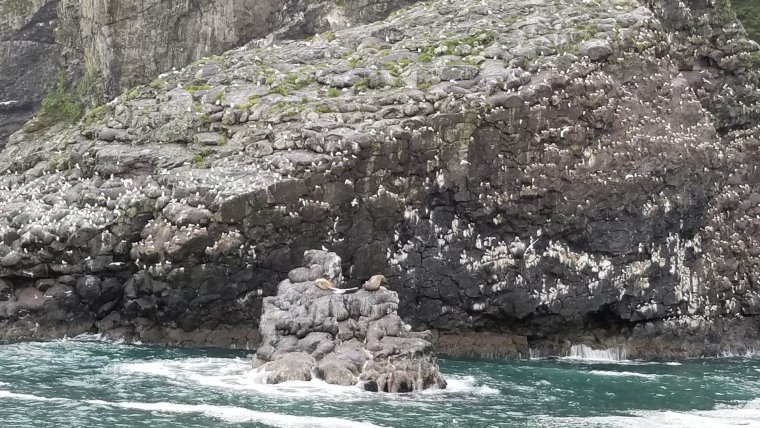
Miriads of birds and sea lions near Marys Rock
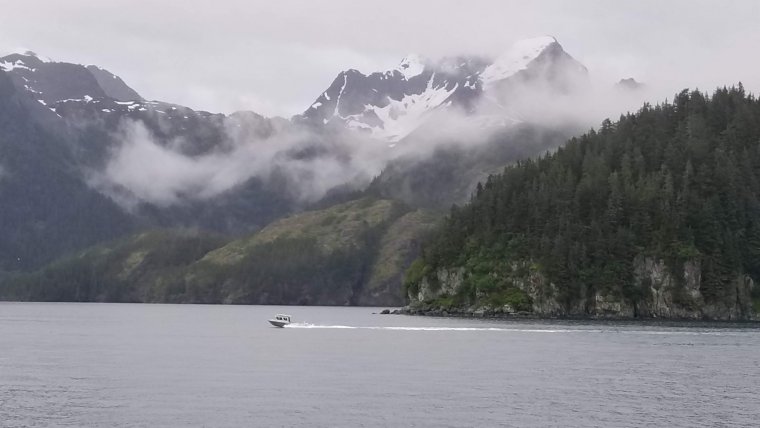
Hat Island, Resurrection Bay
Seward to Anchorage
The trip from Seward to Anchorage is spectacular. The ride is a 180 Km and takes about four hours. It takes a slightly different route through the mountains than the car route, giving the opportunity to see glaciers not visible from the road.
Trains are comfortable, have glass ceilings to enable viewing and feature seasonal guides. Travelling by car provides more flexibility, but is somewhat dangerous and sometimes has only two lanes.
The train ticket cost during peak season (June 1st to August 31st) is $113 for Adventure class and $224 for Goldstar, and bit cheaper outside of peak season. Car rental cost is at least $330, assuming the drop off is in Anchorage.
Alaska Railroad ensures that its onboard dining offers a memorable culinary experience. On the train, guests can get a real taste of Alaska with local flavors and ingredients.
During the entire trip tour guides will pique guests' attention with interesting subjects from Alaska history, geography, Alaska Native cultures, state economics, plants and horticulture, wildlife and more. The guides are high school juniors and seniors that graduated from the after school Alaska Railroad Tour Guide Training Program.
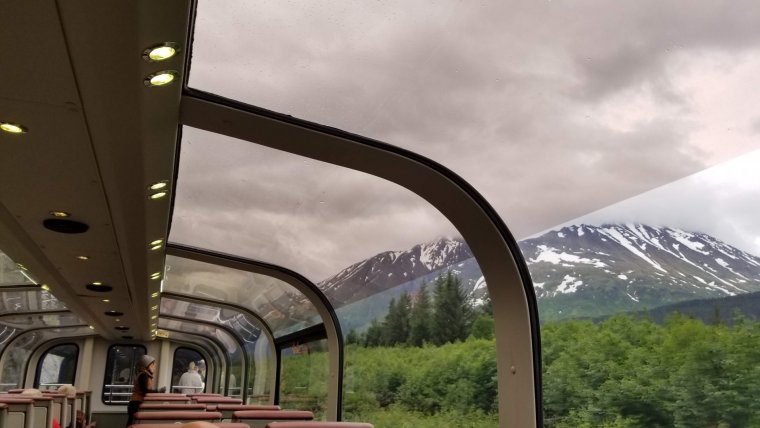
Near Bear Creek,
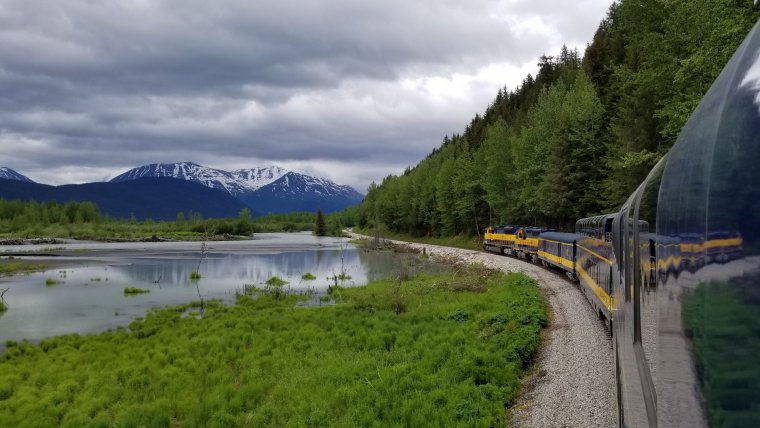
Primrose, AK. A U.S. Census-designated place, population 78 in 2010
Denali National Park, the Wildlife Sanctuary
Denali National Park and Preserve covers more than 6 million acres of wilderness and is home to North America's highest mountain, Denali, formerly known as Mount McKinley. Denali name is from native Koyukon Athabascan language, meaning The Great One or The Tall One.
The name McKinley was given by a gold prospector in 1896, after President William McKinley, because of his support of the gold standard, but who actually never visited the place.
The state of Alaska officially changed the name to Denali in 1975 and asked the federal government to do so too. Only in August 2015, with President Barack Obama's approval, the U.S. Department of the Interior officially renamed the mountain Denali.
Measured from base to summit, Denali is taller than Mount Everest. Denali rises about 5,500 meters from its base, which is a greater than Everest's 3,700 meters from its base at 5,200 meters.
The top half of Denali is permanently covered by snow and glaciers, some more than 48 km long. The temperature can drop to minus 60 degrees Celsius and combined with wind chill can freeze a human in an instant.
Over 400,000 people visit Denali Park each year mostly during the summer. Over time, more than 32,000 people have attempted to reach the summit, but only a few reach the top. Most climbers attempt the summit in April and May when weather is more stable. Despite the large number of climbers each year, Denali is still kept clean.
The "Leave No Trace" ethic subscribed to by all national parks is carefully enforced by Denali's rangers. Even human waste are being collected and carried down with Clean Mountain Can specially designed for this purpose. Carrying such payload up and down the tallest mountain in North America might not sound pleasant, but mountaineers agree that it's better than the sight and sanitation hazard of leaving it behind.
Tourists however can enjoy regular facilities at tourist stops.
Archaeological evidence shows that people have lived in this region dating back to 13000 years ago. Since no permanent settlement sites have been found in Denali, the region appears to have been used for seasonal hunting only.
In modern times, several communities in the region have been recognized by the National park Service for their Alaska native populations and traditional use of land - these towns include Nikolai, Lake Minchumina, Telida and Cantwell.
Accommodation
Inside the park: Camp Denali, North Face Lodge, Kantishna Roadhouse, Denali Backcountry Lodge, and Skyline Lodge.
Outside the park: there options in the towns of Healy and Cantwell, or in surrounding region like Grande Denali, Alpine Creek Lodge, and Denali Lakeview Inn.
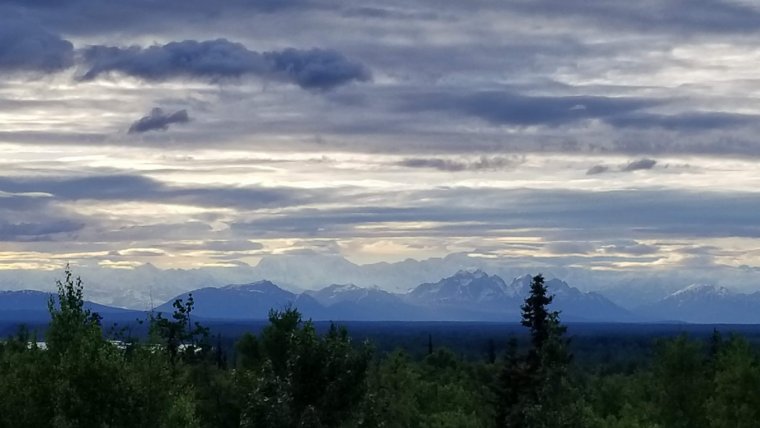
Mount Denali somewhere in the clouds, seen from Talkeetna Alaskan Lodge
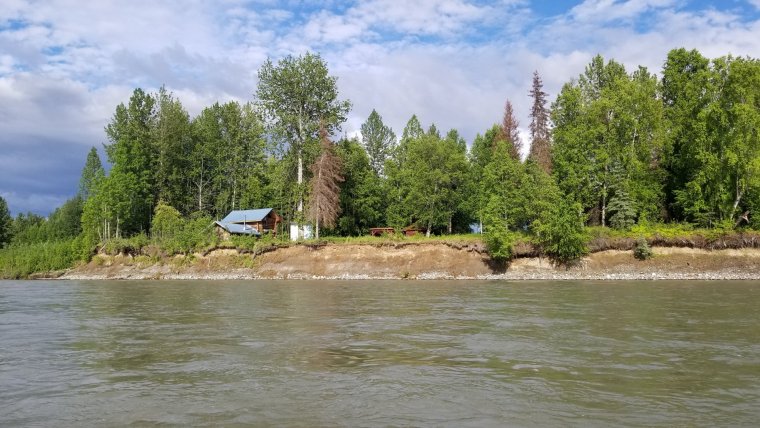
Living away from modern comfort on Susitna River
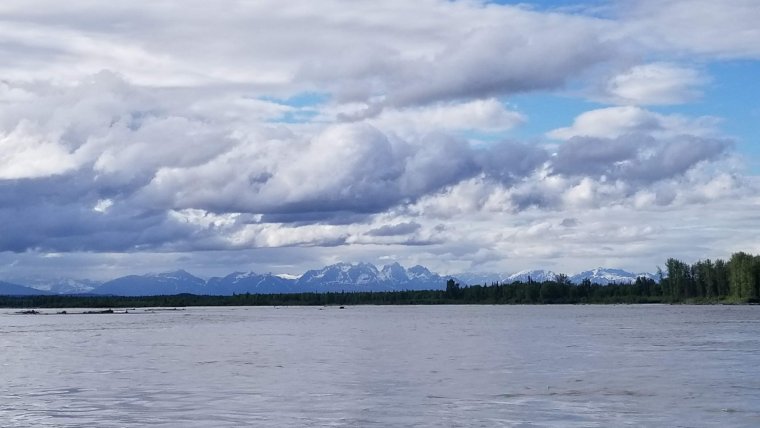
Denali view from Susitna River
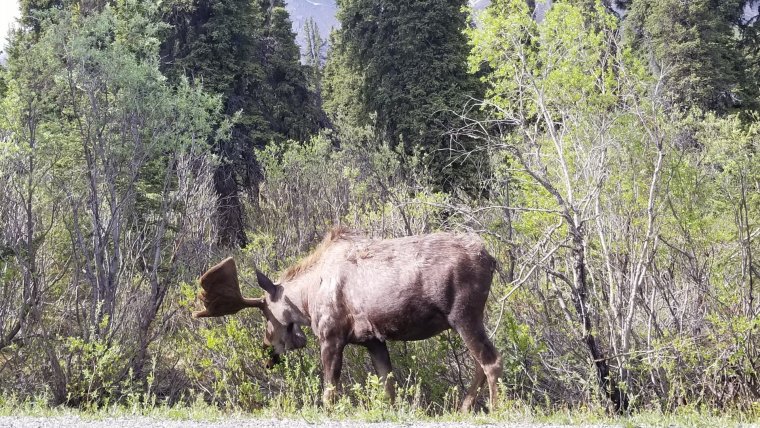
Moose. Can reach 1.5 - 2.1m at shoulders, males 408 - 635Kg, females 318 - 499Kg. Live 17 - 20 years in taiga forest, river bottoms, and edges of tundra. Feed on willow, aspen and birch, and twigs, bark and saplings in winter. Denali population is 2100 moose (2015). Source: NPS
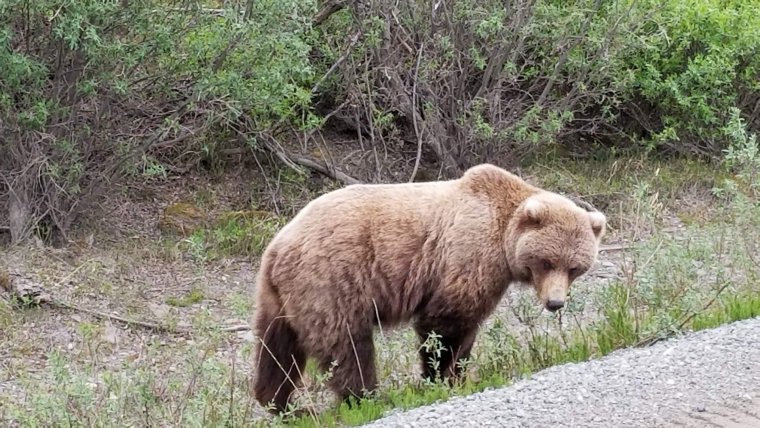
Grizzly bear, unfazed by the presence of a bus full of tourists. Can reach 1 -1.2m at shoulders, males 136 - 295Kg, females 90 - 181Kg. Live up to 30 years in varied terrain throughout the park. Feed on roots, grasses, berries, ground squirrels, moose, caribou, and carrion. Denali population was 300 - 350 bears in mid-90's. Source: NPS
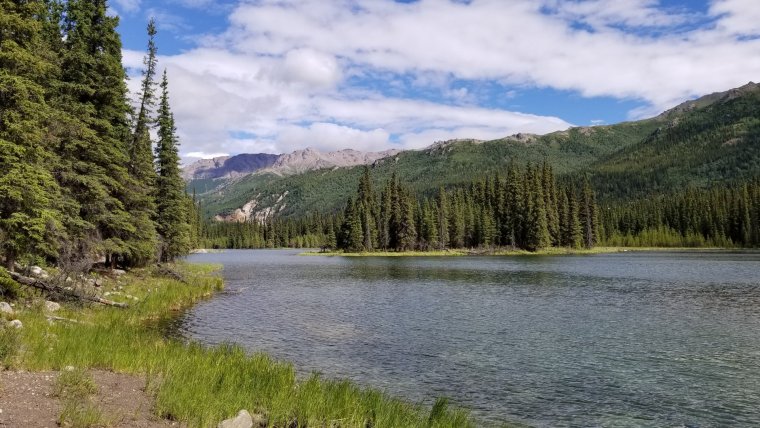
Horseshoe Lake, Denali Park
Fairbanks
From Talkeetna, there is about a five hour drive to Fairbanks. The second largest city in Alaska, has a population of about 100,000. It is known for sled dog racing, aurora borealis and extremes of light, dark, warmth and cold. In winter, temperatures as low as -52°C have been recorded.
The highest recorded temperature in Fairbanks was 37°C on July 28, 1919. Summer days are long – Fairbanks gets more than 22 hours of daylight when the solstice arrives on June 21. But the winter days are quite short. On December 22nd the sunrise is at 10:50, and the sunset at 14:46.
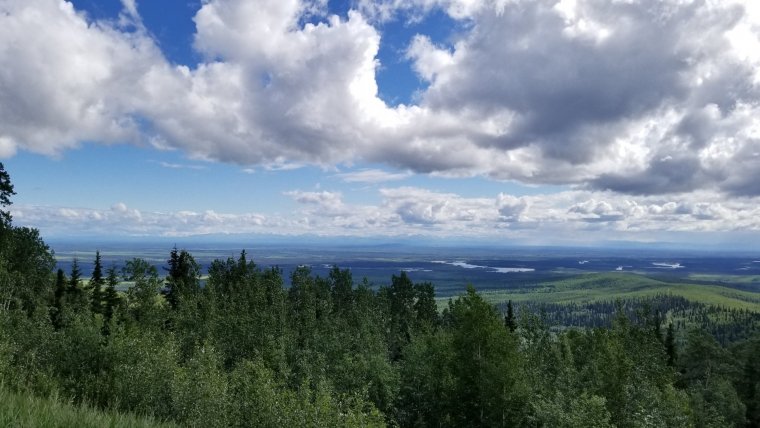
View from the road to Fairbanks
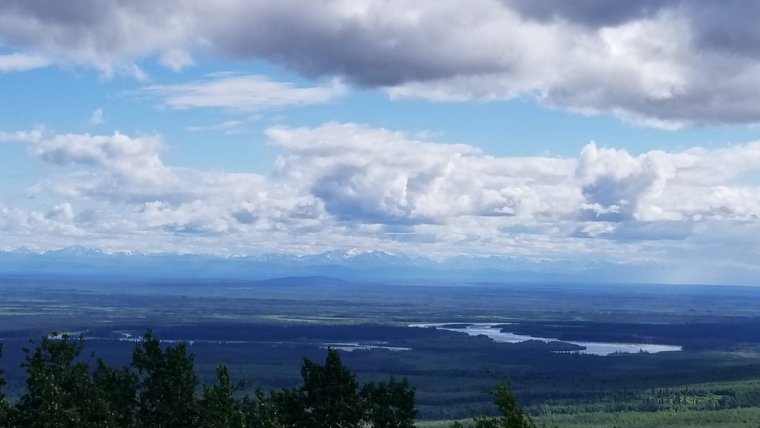
View from the road to Fairbanks
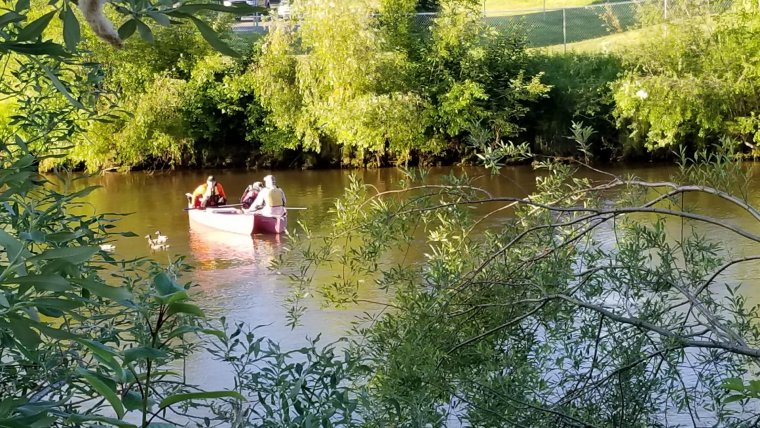
On Chena River, Fairbanks
YOU MAY ALSO LIKE





